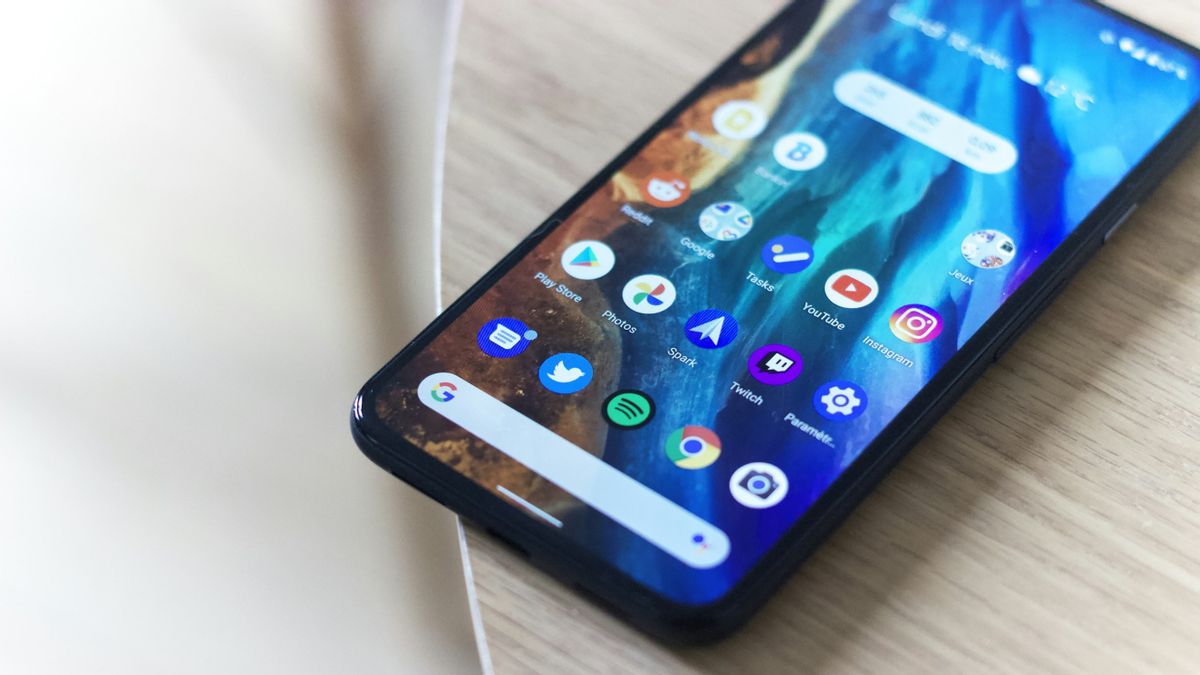JAKARTA All applications on smartphones can be managed by users. They can decide what access to be allowed and need to be removed.
Android devices are very easy to use to manage app access. Users can turn on or off access to device notifications, cameras, microphones, locations, and much more.
To see the access permit for an application, you can open the Play Store. Then, scroll the screen to search for the Data Security menu and tap the arrow seen next to it. After that, scroll the screen back to search for the Collected Data menu.
This menu will contain information in the form of personal data collected by the application and the access permission requested by the application. If the data is written in the words Optional, then the access can be turned off because the application does not really need that access.
SEE ALSO:
To change the application access permission, you need to open Settings on the device you are currently using and click the App menu. After that, select the desired application and click the Permission option. Later, the application will display the enabled access permission.
This permission display varies, depending on the Android phone model used. However, all apps still display the required access permissions. You can see the access one by one and choose which one to turn off and which one doesn't.
That's how to view and manage access permissions for applications on Android devices. Management of this access permission is not mandatory, but it is still necessary. This action can maintain the security and privacy of your device.
The English, Chinese, Japanese, Arabic, and French versions are automatically generated by the AI. So there may still be inaccuracies in translating, please always see Indonesian as our main language. (system supported by DigitalSiber.id)


















